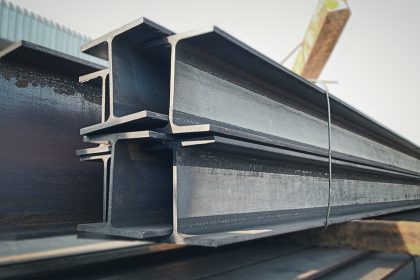Console Costs Climb in the U.S.
Sony announced on Wednesday that U.S. prices for its PlayStation 5 lineup will rise by $50 starting this week. The entry-level Digital Edition will move from $450 to $500, while the standard disc-drive version will increase from $500 to $550. The premium PlayStation 5 Pro is climbing from $700 to $750. The PlayStation 5, originally released in 2020, has remained in high demand despite global supply challenges.
Tariffs Shape Market Conditions
The price hike comes just weeks after President Donald Trump’s sweeping tariff plan went into effect. Imports from China now face a 30% tariff, while Japan — Sony’s home country — is subject to a 15% tariff. Although Sony did not directly cite tariffs as the reason for higher console prices, many consumer companies have warned for months that rising costs tied to U.S. trade policies would eventually be passed on to consumers.
“Similar to many global businesses, we continue to navigate a challenging economic environment,” Sony said in a blog post. The company noted that accessory prices, such as controllers, remain unchanged.
Supply Chain and Strategy
Earlier this month, Sony executives said they were working to diversify supply chains to minimize the impact of tariffs. They emphasized that the consoles sold in the U.S. are not manufactured in China. Still, officials acknowledged the need for flexibility in pricing decisions. According to a transcript of a call with financial analysts, Sony is monitoring consumer sensitivity to prices while weighing long-term profitability, hardware sales, and content revenue opportunities.
Industry-Wide Adjustments
Sony is not alone in raising prices in response to shifting trade dynamics. Microsoft increased Xbox console prices in May, while Nintendo delayed Switch 2 pre-orders in April due to tariff concerns. Although Nintendo avoided raising prices for its new model, the company hiked prices on the original Switch earlier this month. These moves highlight the broader uncertainty in the gaming industry as companies adapt to tariffs, supply chain shifts, and fluctuating consumer demand.






